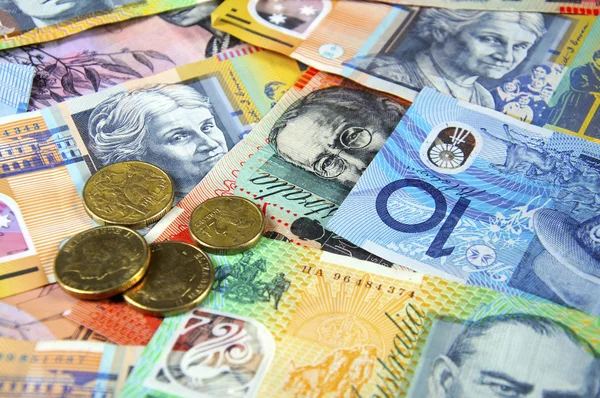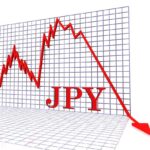Australian Dollar hits a yearly low amid positive US currency.
On Thursday, the Australian Dollar (AUD) is trading around all-time lows vs the US Dollar (USD). Continuing its losses from the previous session. The positive outlook for the US dollar. Which may be related to the higher US Treasury yields. Presents a challenge for the AUDUSD pair.
The Reserve Bank of Australia (RBA) may raise interest rates by 25 basis points in November. According to data on inflation in Australia. Wednesday. The Bureau of Statistics (ABS) revealed that the Consumer Price Index (CPI) saw growth in 2023’s third quarter.
On Thursday, RBA Governor Michele Bullock revealed. That the CPI had slightly increased, slightly above estimates but comfortably within the range that was expected. Bullock stressed the central bank’s balancing act. Which aims to slow down the economy’s growth without inviting the recession into its embrace.
Better US Treasury yields provided support for the US dollar’s ascent.
Because of the positive US Treasury yields and the stronger-than-expected preliminary S&P Global PMI data from the US that were issued on Tuesday. The US Dollar Index (DXY) is still rising.
Furthermore, the influx of safe-haven assets is expected to be sustained by geopolitical uncertainty. Benjamin Netanyahu, the prime minister of Israel, declared that his country was prepared to launch a ground invasion of Gaza, with a consensus being reached on the attack’s timeframe.
Daily market Movers: Despite the prospect of another rate increase by the RBA, the Australian dollar declines.
In the third quarter of 2023, Australia’s Consumer Price Index (CPI) increased to 1.2% from the previous quarter’s 0.8% increase and the 1.1% market consensus.
Moreover In October, Australia’s S&P Global Composite PMI declined, falling from 51.5 to 47.3 points. The Services PMI retreated into contraction territory, falling to 47.6 from the previous month’s level of 51.8, while the Manufacturing PMI slightly eased to 48.0 from the prior figure of 48.7.
The Reserve Bank of Australia (RBA) has indicated increased apprehension regarding the impact of supply shocks on inflation. Michele Bullock, the governor of the Reserve Bank of Australia, said that if inflation continues to exceed expectations, the RBA will implement appropriate policy measures. Per capita consumption is declining and there is a discernible slowdown in demand.
Once every five years, China is preparing to host a crucial financial policy summit early next week. The primary objectives of this meeting are to proactively address and mitigate risks as well as formulate medium-term priorities for the $61 trillion financial industry.
The first meeting of the US-China economic working group was held, as the US Treasury Department formally stated on Tuesday. This working group provides a forum for talking about issues related to bilateral economic policy.
In October, the US S&P Global Composite PMI increased from 50.2 to 51.0. PMI for Services expanded, hitting 50.9, as the Manufacturing PMI increased to 50.0.
Moreover The US Q3 GDP (gross domestic product) is expected to be the main focus for investors on Thursday. On Friday, attention will be focused on Australia’s Producer Price Index (PPI) and the US Core Personal Consumption Expenditures (PCE).
Technical Outlook
Due to a strong US dollar, the Australian dollar is trading below the key resistance level around 0.6300.
On Thursday, the Australian dollar is trading close to its yearly low at 0.6280, with the 0.6250 significant level serving as the crucial support.
The big level of 0.6300 appears as the immediate obstacle on the upward. Furthermore After the 23.6% Fibonacci retracement level at 0.6421, a breakthrough over this resistance can be made around the 21-day Exponential Moving Average (EMA) at 0.6352.









